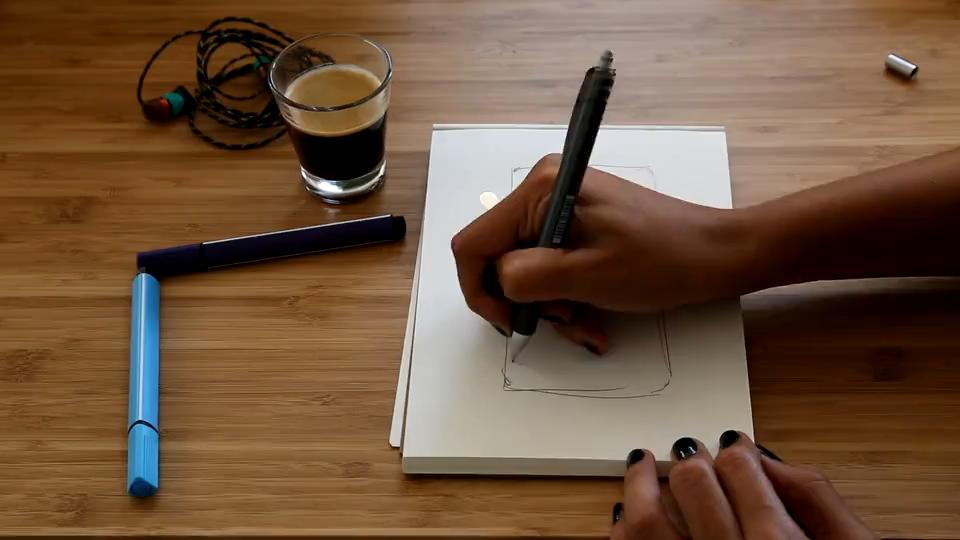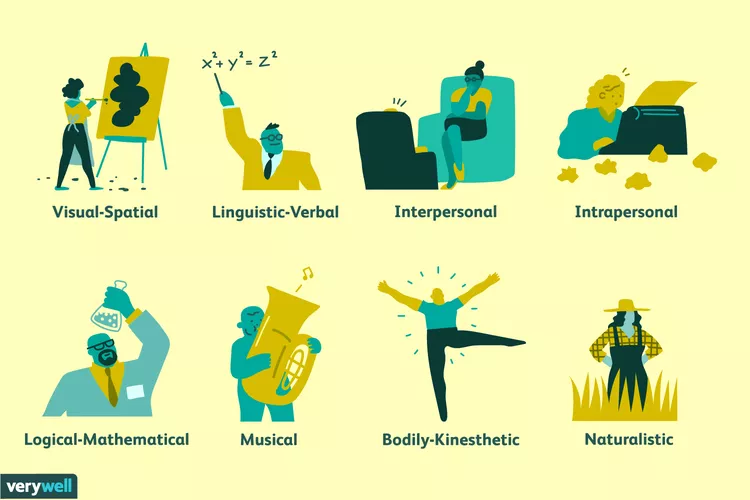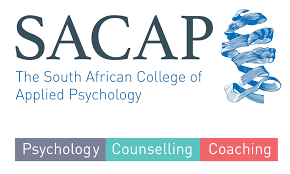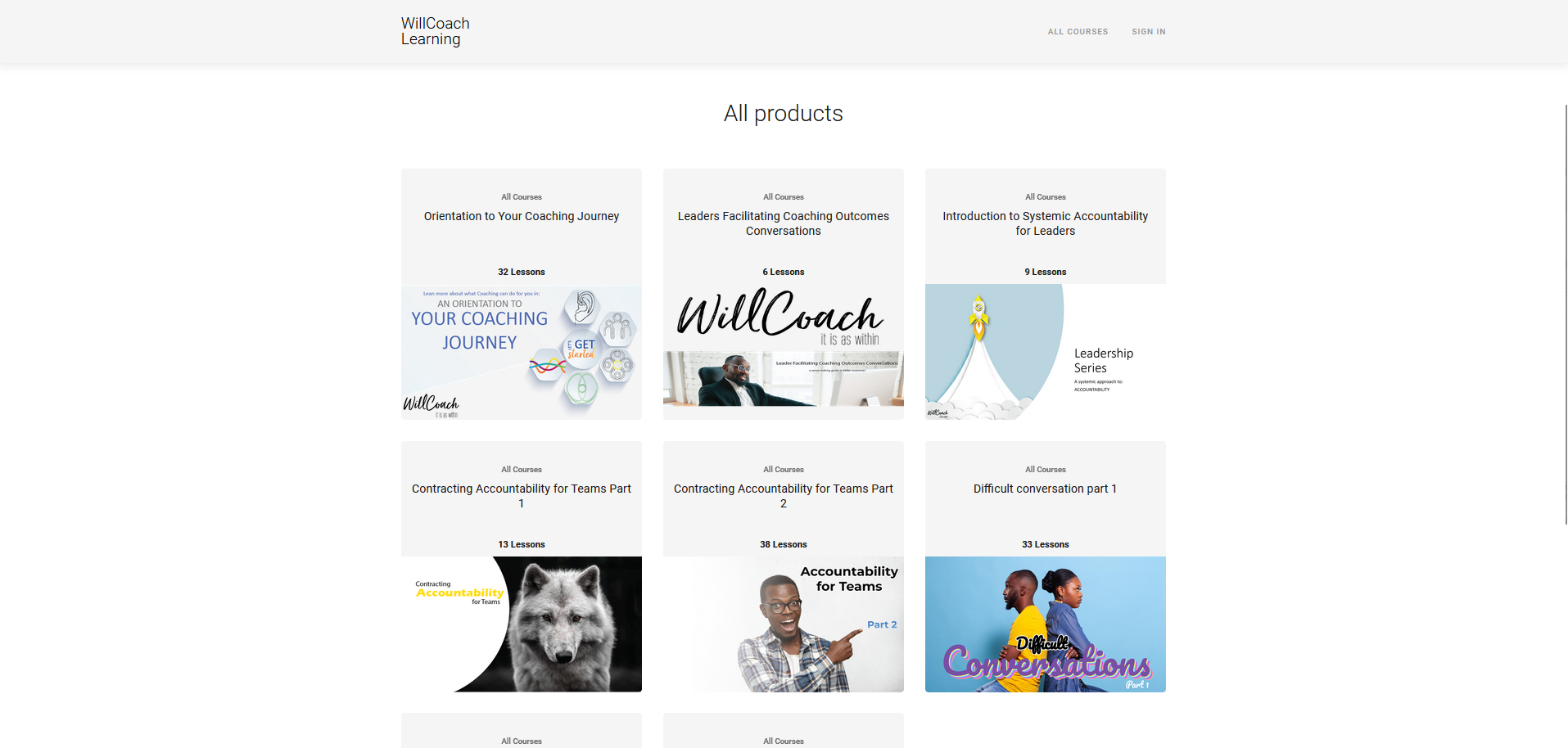
As an Agile Coach, I am sometimes asked to support people in learning concepts they are not familiar with, need a refresher on, or are perhaps mixing up a little. As an Agile Coach, following the IC Agile Agile Coaching Competency Wheel; this is something I believe every Agile Coach should be able to do – train.
This blog post seeks to explore and express my beliefs about training and explain a little about my approach. Why? Several people have asked me about my approach to training as it seems to be different to what they are used to or there seems to be magic that they hope to have revealed.
Firstly, let me say that developing your training stance as an Agile Coach takes time and effort – some degree of reading, researching, studying and experimenting and, some training in key concepts. One programme that I found useful in my journey was the ICE-AC (Expert in Agile Coaching) track offered by Team Catapult and the Center of Agile Coaching.

Let us first agree that training and teaching are not the same thing. Or rather, not to be rigid in terminology – let me distinguish between two approaches, whether you call it training or teaching does not really matter, right? If I think about my upbringing as a young school going South African, I recall people standing in front of a room, working at their pace and leisure using their preferred methods and approaches and only some of them adapted their approaches based on how it landed for us as children.


As someone with learning challenges and dyslexia – which was only identified at University, in my twenties, school was not a happy place. And, I also discovered that I did better when I taught myself in home schooling, or had a tutor dedicated to supporting me with Mathematics for example. Also being exposed to adult learning engagements from a young age through a local community engagement from a young age, I also learned about different neurological learning preferences and saw how the trainer applied it.
I became passionate about finding ways to express information in a way that unlocks meaning and future possibilities for people. Later, I discovered pedagogy and adult learning theory.
Let us then explore the approach I take when I train and prepare for training

Firstly, I acknowledge that I too have biases and preferences that come from a strength I start with and default to. I am high in Meaning, when considering a Structural Dynamics lens. I enjoy visual engagement, conversation and human connection and have a preference for transformational experiences. Although working with my strengths, I also balance it with what is missing in my preferences. As an Agile Coach, what are you doing to explore your preferences in learning and how do these preferences show up in how you train?
I believe that adults enter into a learning conversation – whether a training room, a coaching conversation, reflective practice or transformational experience as a being rich with experience, knowledge and competence. Therefore I believe that I probably know less than the collective wisdom and knowledge present in the room. This stance and belief keeps me grounded in the knowledge that I am only one source from which awareness on this subject may support their needs.

Secondly, I do not presume that people are all at the same level of awareness, skill and competence on this topic, or that I know the most. Although my function is to address learning outcomes, my service is to the people in the session more than the learning outcomes alone. I believe that people are resourceful and competent, capable of finding their way given what they need.
This means that as a trainer:
- I need to know my stuff and be clear on what I can support with and what I cannot
- I need to make time for people to share and connect with what they already have much more than me sharing what I know
- I cannot apply the learning for them – so I need to support their sense-amking of how to make this valuable for them. Value comes from application more than thought only.

One of the first things I learned from Training from the back of the room, and Adult Learning Theory in Coaching Conversations (a module at the SACAP Post Graduate Programme in Coaching), is that as adults, we need to connect as soon as possible in a learning engagement with:
- Why we want to learn about this topic, why we are here and how this is relevant
- What we already know about the topic, the problem statement or what in our lives might find relevance from this learning engagement
- What we need from this engagement and what will be covered or not in relation to our needs.
Notice how this is different to a teaching engagement in a formal classroom with a teacher in front. The teacher is the hub-and-spoke and is central to the learning engagement. They have a process, agenda, learning guide and outcomes and students are there to learn according to what is offered. What we now know from what is shared above, implies a certain virtuosity and flexibility. There needs to be more than one, two or even three ways through which the learning outcomes could be achieved. The trainer needs to be flexible in support of the need and the level of knowledge in the room.
In general, throughout this article, we will contrast age old formal teaching engagements with what is outlined here – feel free to step into your past experiences where relevant and think about what was useful and not useful in learning engagements throughout your life.
Let us also acknowledge that there are formal learning engagements and informal learning engagements. On-the-fly engagements where a leader catches you in between meetings, or where a specific need arises in a workshop that results in a quick learning opportunity – these I frame as informal. Formal engagements are dedicated, planned and scheduled – usually longer in length as well.



I believe that learning needs to be in service of the needs in the room, as far as it is in scope of what is being taught. How this is done is approached in three ways.
- Learning styles and opportunities for engagement (Howard Gardner)
- Three levels of reality (Arny and Amy Mindell)
- Structural Dynamics Communication Domains (Kantor)
These three lenses help me to form a thorough understanding of how I am preparing and serving my attendees. In formal engagements I always ensure that I cover all aspects of these three lenses in their fullest range possible and in a sequence that seems to best express the content and allow engagement throughout the experience.
In informal engagements, although I do not have the time to cover all lenses, I seek to focus on at least one full range of Levels of Reality or Structural Dynamics and I listen carefully for preferences and blind spots in learning styles and ask about what I don’t know.

| Earth: Structure | Air: Concepts |
|---|---|
| Clear agendas and time frames, Explicit instructions, Concrete outcomes, Consistent methods | Talks, Constructs, models and theories, Logical ideas, Clear relationships between ideas |
| Fire: Action | Water: Connection |
| Movement, Activities, Spontaneity, Demonstrations | Discussions, Small group sharing, Intimacy, Team building |
In preparing formal engagements, I seek to vary engagements as much as possible when it comes to learning styles. Here I look at brain faculties as a guide to ensure that I address and vary engagement between all faculties: Mathematic, Visual Spatial, Linguistic, Kinaesthetic (IQ); Musical, Inter-personal, Intra-personal, Naturalistic (EQ).
This means that I ensure I have the following learning material enablements and engagement opportunities available: A workbook with visual illustrations, pictures, graphs, tables, examples, text explanations, stories or case studies, personal reflections and exercises; visual collaboration tools like a Mural board for virtual training or pens, paper, stickies and images for collective sense-making and expression; individual reflection, collective conversation, group application, observed feedback, personal engagement, Q&A, teaching others, sharing experiences and so forth.
Another way to look at this is through Jung’s Archetypes as compiled by Nelson, Ronka and Lang for Designing and Leading Life Changing Workshops.
| Earth | Air |
|---|---|
| Reliable, Traditional, Organized, Sensible and Practical, Down-to-Earth, Lives in the Present, Strong Work Ethic, Often Projects a Parental Attitude, Needs Structure and Order, Expects Preparedness in Self/Others, Protector of Home and Family, Hates Wasting Time, Driven by “Shoulds” and “Oughts“, Dislikes Change, Often Feels Underappreciated, Loyal to Family and Co-Workers, Detail Oriented | Analytical, Unemotional, Loves Intelligence, Curious, Critical of Own Capabilities, Sees and Articulates the Big Picture, Loves the Theoretical, Expects Perfection in Self and Others, May Appear Arrogant, Thinks Logically and Globally, Tends Toward Skepticism, Often Oblivious to Others’ Emotions, Analyzes Personal Relationships, Enjoys Being Alone, Fixated on Self-Improvement, Visionary and Future Focused, Expects Others to See the Obvious |
| Fire | Water |
| Action, Action, Action; Uninhibited and Innovative, Thrives in Crisis Situations, Improviser, Loves Life, Flourishes in the Unknown, Good at Troubleshooting, Must Have Change, Resists Being Told What to Do, Takes Things Lightly, Humorous, Loves Travel and the Unexplored, To Wait is to Die, Will Rebel if Trapped in a Routine, Lots of Short-Term Relationships, Goals Are Nice but They Often Shift, Thrives on Adventure | Personal, Caring, Empathic and Compassionate, Is a Romantic, People and Relationships Come First, Strives for Harmony and Cooperation, Sees Value in Contributions of Others, Seeks Significance and Meaning, Sensitive to Feelings of Others, Flair for Writing and Speaking
Spiritual Has Difficulty Saying No Looks on the Bright Side of Life Hates Being Lied to Committed to Love Sacrifices for Team and Organization Good Motivator Benevolent |
I always ensure that people have the option to attend training with a certificate of attendance, or have the option to do more work afterwards to apply the learning with feedback and coaching opportunities that enable integration of the learning – resulting in a certificate of competence.
I take care to refer to where we are in the workbook, how Mural connects to the workbook, or how exercises connect to concepts covered, outcomes, questions or discussions held. Adults learn through making connections and by having experiences. The richer and more diverse the connections that are possible and the more experiences they are able to learn from, the richer and more memorable the learning engagement will be. We want to support people to move from “I know” to “I am”.

What I find inspiring is to take a concept and guide someone to the possibility of experiencing it from the inside. The challenge is how to create an environment where people are eager and willing to grow.
—Sudhir Jonathan Foust
To achieve this, we work with levels of perception: facts, feelings and thoughts, insights, patterns and action – see how they connect to the brain faculties. People explore these in different ways and you can never predict which will land for them at which phase of the learning programme – although you can do your best to create opportunities for them to emerge for people.
During the training, I take care to MODEL the concepts I am teaching by expressing them in the flow of the programme itself, the delivery of the content, and my engagement with learners. For example: if I am teaching a class about facilitation, I will ensure that what I teach is demonstrated in collective exercises – I will have a visually striking and engaging Mural page; with simple explanations and instructions; the Agenda and Outcomes visible for everyone to see; each phase of the process linked to an outcome; a parking lot and a variety of types of engagement.
This I will do throughout the training. I will also show up as a facilitator for a large part of the conversation unless I am actively teaching (for no more than 10 minutes at a time). This means that people will see me stand in neutrality, honor the wisdom of the group, hold the group’s agenda and I will be clear when I step into the facilitator stance and when I step into the trainer stance.


At the end of the learning sessions, I make time for people to reflect and share what they are taking away, what they are applying or focusing on, and I ask coaching questions where needed to support integration and forward action. This can be done in one-on-one check-out engagements or breakout rooms with question prompts, quiet journaling, or exercises and playbacks. What is useful about this approach is that it enables others to learn from what is shared and it is further strengthened by a strong emphasis on what the individuals want when they start the learning process.
When we start, I always, at minimum, ask people to discuss and share their hopes and needs – and sometimes, for longer learning engagements, I spend time to explore their foci through employing foci-coaching. This enables people to imagine what they want, which connects to the essence of who they want to be in the future, and what this makes possible in how they show up and what they do.


